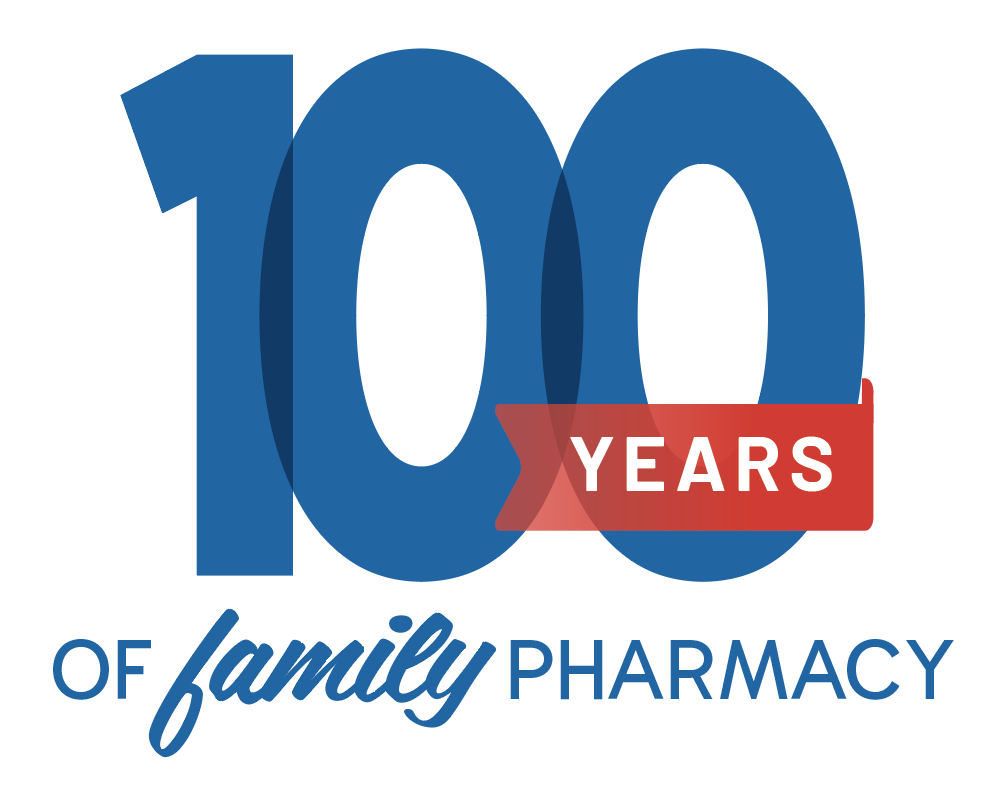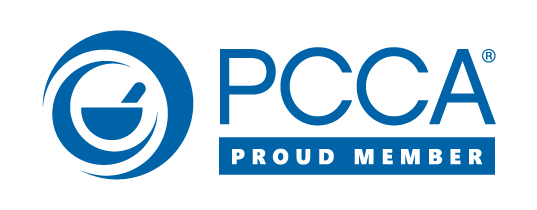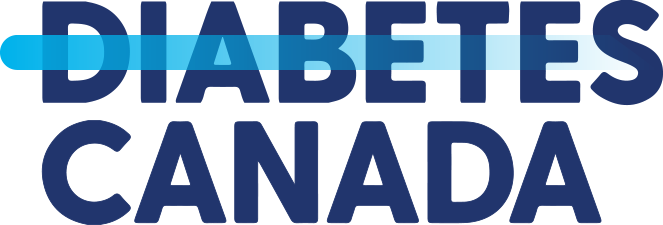Blog
It is no secret that the average Canadian’s diet does not give them all their recommended nutrients – and this fact sends many health conscious individuals straight to the multi-vitamin aisle of their local pharmacy.
It used to be that supplements were divided into two main groups – those for children, and those for adults. Today, however, it is common to find separate vitamins for men and women (and the women’s vitamins can be divided further into premenopausal, menopausal, pregnant, and breast-feeding categories. And then, there is the “silver” section of supplements that is marketed in magazines and in commercials to active white-haired seniors who apparently like to play tennis and go for walks on the beach. It’s enough to make one wonder whether there are any real differences in what’s inside these supplements or whether it is all a clever marketing ploy.
The truth is that men, women, children and seniors do have different needs when it comes to multi-vitamins. Although we all require the same types of nutrients, our specific age and gender demographics do affect the amounts in which those nutrients are required.
Men vs. Women’s Supplements
The main difference between men’s and premenopausal women’s vitamins is the amount of iron they contain. When a woman is on her period, she loses a significant amount of iron which needs to be replaced. Some men’s and women’s vitamins may also contain higher concentrations of compounds believed to help prevent certain gender-specific cancers. For example, a men’s daily multivitamin might have additional lycopene which as shown promise in protecting against prostate cancer.
Another difference in some brands of supplements are the addition of herbs that have gender-specific benefits.
Adult vs. Children’s Multi Vitamins
Children’s multi vitamins are far more likely to be in chewable form since it can be difficult for kids to swallow pills. These supplements are also far more likely to feature popular cartoon characters.
But besides these obvious differences, the main difference in vitamins made for kids is also the amounts of certain nutrients that are included. Since some vitamins and minerals are toxic to children at certain levels, these are kept to a minimum (or left out altogether) to help prevent accidental overdose as the child may think the vitamin is candy.
Too much iron, for example, can be deadly to a child – and so the makers of many children’s vitamins do not include any.
Supplements for Seniors
Are you at the age where you find yourself, looking at multi-vitamins in the “silver” section?
The main difference in a multi-vitamin supplement for post-menopausal women is that it will have less iron than those for their younger counterparts but they will likely have additional calcium to help protect the bones and ward off osteoporosis.
Another difference is that vitamins for seniors typically contain more vitamin D. The reason for this is that, as we age it becomes more difficult for our skin to synthesize vitamin D from the sun. It has also been found that seniors can have more difficulty with absorption of other nutrients as well – such as vitamin B12, which is therefore often found in higher concentrations in vitamins for seniors.
The question remains though – do you really need to buy his and her or age-specific vitamins? The answer is, it depends. Just because you belong to a demographic that is generally lacking in a specific nutrient doesn’t mean that you specifically are lacking in it. As with many decisions about your health, it is recommended that you speak with your doctor or pharmacist to help determine your unique needs and to choose the supplement that is right for you.
For a full selection of daily multi vitamins and supplements, visit Brant Arts Pharmacy in Burlington today.







